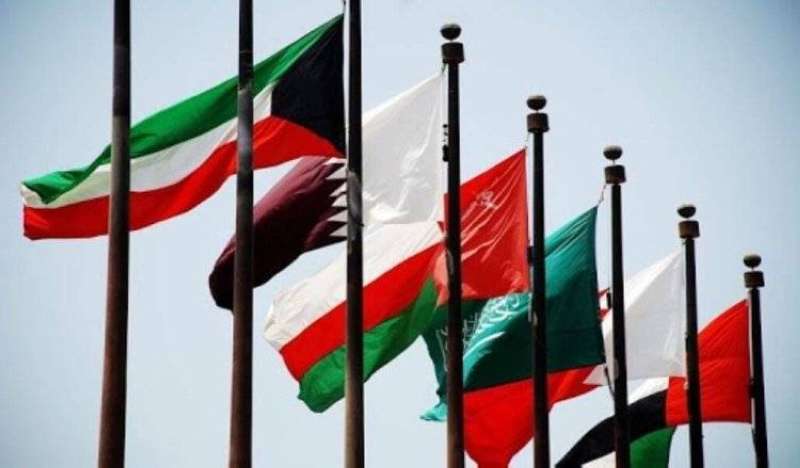20/12/2023
20/12/2023

KUWAIT CITY, Dec 20: In a recent analysis, the Institute of International Finance (IIF) anticipates a surge in the total foreign assets of Gulf Cooperation Council (GCC) countries to approximately $4.4 trillion by 2024. This growth is underpinned by current account surpluses propelled by oil and gas exports, forecasted to reach $146 billion.
The IIF report indicates that the collective foreign liabilities of the region are expected to be significantly lower, hovering around $1 trillion. Consequently, this results in a net foreign asset position of $3.4 trillion. Garbis Iradian, Chief Economist for the Middle East and North Africa at the institute, notes that nearly two-thirds of these foreign assets are managed by sovereign wealth funds, boasting diversified portfolios comprising equities and fixed-income securities. The remaining third exists in the form of official reserves and foreign assets of commercial banks invested in liquid assets.
Utilizing data from various sources, including the US Treasury International Capital data and Bank for International Settlements data, the IIF estimates the foreign investments of Gulf countries. Iradian acknowledges that while the estimates are not precise, they offer indicative insights, emphasizing the diversified nature of Gulf investments across various asset classes.
According to IIF estimates, approximately 35 percent of Gulf countries' investments are allocated to stocks, 22 percent to bank deposits, 17 percent to foreign direct investment abroad, 7 percent to US Treasury bonds, 10 percent to bonds, and the remaining 9 percent to less liquid investments such as non-US bonds, acquisitions, mergers, and hedge funds.
Geographically, the report reveals that 65 percent of Gulf investments abroad are situated in North America and Europe, 20 percent in Asia and the Pacific, 10 percent in other countries in the Middle East and North Africa, and 5 percent in Sub-Saharan Africa, Greater Latin America.
Sovereign wealth funds in Gulf states, primarily led by Saudi Arabia, have shifted towards increased investments in global stocks and foreign direct investment in recent years, moving away from traditional safe assets. The report attributes this shift to the goals outlined in Vision 2030, emphasizing riskier investments to achieve higher returns, diversification from oil, and funding projects stipulated in Vision 2030.
Notably, the report observes a decline in Gulf countries' holdings of US Treasury bonds, with Saudi Arabia's holdings decreasing by about 40 percent from February 2020 to September 2023. The move away from safer investment assets aligns with Saudi Arabia's objectives of managing $2 trillion in assets by 2030, diversifying away from oil, and financing Vision 2030 projects.
The IIF report highlights a gradual shift by Gulf states towards bilateral trade agreements in currencies other than the US dollar, particularly with countries like China and India. However, the report anticipates that this diversification may be limited due to the link between Gulf currencies and the dollar, which provides a foundation for financial stability in the region.


